
Peru’s Nazca Lines
The Nazca lines situated in the high desert of southern Peru are a group of massive geoglyphs created by indent or shallow cuts made in the desert’s soil. The Nazca lines were concocted amid 500 BCE and 500 CE.
When a plane climb over the high desert, the dull, dim monotony of the rocks and sand arranges and changes shape. Clear white lines slowly develop from tan and rusty-red.
The view changes as the lines adopt different shapes to form simple symmetrical designs; straight lines, triangles, trapezoids, and swirls.
Few geometric designs such as the swirls and zigzags start to develop more evident shapes- a spider, monkey, and hummingbird.
Nazca lines Coordinates
14.8359° S, 74.9328° W
The Nazca Lines are the topic of mystery for more than 80 years. Questions as to how did they form> what could be the reason behind such designs? Did aliens do this- people aren’t able to comprehend what to receive from such a phenomenon.

There are more than 800 straight lines, alongside 300 symmetrical forms, 70 animal and plant figures, called Biomorphs.
The Biomorphs extends from 50-1200 ft.in length as the size of the empire state building.
What are the Nazca lines?
The lines formed in the high desert of Peru are called Geoglyphs. The rocks which shroud the desert have corroded and eroded to deep rust-red color.
On removing 12-15 inches of rock from the top, light-colored and high contrasting sand is uncovered.
Since rain, wind, and erosion doesn’t occur much, the exposed formations have stayed untouched for 500-2000 years.
According to the scientists, the lines were created by the Nazca people, who succeeded from about AD 1-700.
Some areas of the pampas appear to be a well-used chalkboard, with a line intersecting other lines.
How the Nazca lines Originated ?
According to the research, the Paracas and Chavin civilization, which existed before the Nazca, might have designed some of the geographies.

The Nazca lines are situated in the Rio Grande de Nasca river basin’s desert valleys, an archaeological place that covers more than 75,000 hectares and is amongst the driest places on Earth.
The base of the desert is shrouded in iron oxide-layered pebbles of a deep corrosion color.
The primeval people built their designs by eliminating the top 12-15 inches of rock, exposing the lighter colored sand underneath.
They started with small scale patterns and wisely intensified the models’ quantities to build big designs.
Nazca lines Aliens
A Peruvian archaeologist named Toribio Mejia Xesspe started methodical research of the Nazca lines in 1926; however, the geoglyphs only grabbed the attention when pilots flew over the Nazca lines in1930.
Experts are arguing over the purpose of these lines ever since. Paul K
Based on the comparative position of one of the lines he examined the sun around the winter solstice, he determined that the geoglyphs are connected with astronomy.
A German archaeologist & translator, Maria Reiche, concluded that the figures had a calendric and astronomical purpose.
She believed that the animal geoglyphs were illustrative of a group of stars in the sky.
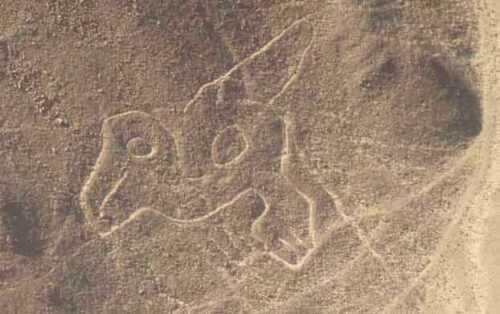
However, in the late 1960s and early 1970s, American astronomer Gerald Hawkins alongside other researchers, disagree with the astronomical explanation upon studying the Nazca lines.
They also targeted other unconventional interpretations, such as those involving astronauts or aliens.
Nazca lines Mummy
Nazca lines alien or Nazca lines alien mummies were found in Peru. These five mummified bodies were represented as proof of aliens’ existence.
Some of the bodies are similar to humans and what makes their dehydrated bodies as aliens is their evident three-fingered hands, extended heads, and three-toed feet.
The bodies are entirely white and look quite different than the actual mummified bodies.
Scientists keep claiming that these three-fingered, alien mummies aren’t like the humans, and chances are they could from outer space (extra-terrestrials) or an undiscovered antediluvian species.
Regardless of the previous tests signifying the bodies did contain human DNA, scientists connected to the research team revealed the discovery last year, June, preserved they have obtained substantial differences.
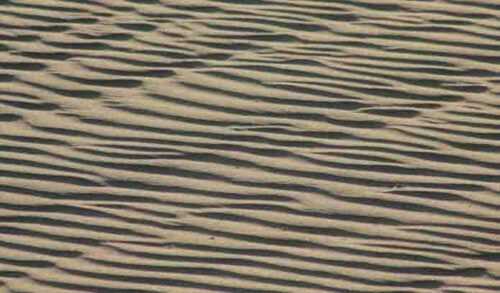
Scientists have discovered that these alien-like mummies have a combination of 23 chromosomes, just like humans. Their anatomical structure is different.
The Theories Concerning the Nazca lines
The K
This new surge of research started to dig holes in the archeo-astronomy sight of the lines.
National Geographic explorer-in-residence, Johan Reinhard, carried a multidisciplinary tactic to the study of the Nazca lines.
In his book Nasca lines, A new perspective on their origin and meanings, he wrote that the lines didn’t aim at anything on the geological or astronomic prospect, instead directed to places where rituals were executed to acquire fertility of crops and water.
Former national geographic grantee, Anthony Aveni, concurs with Johan’s research, stated that the discoveries showed that the lines are linked to water. However, not used to obtain water, preferably used in association with ceremonies.
He further claimed that the trapezoids are big open spaces where people could come in and go out.
The rituals were possibly concerned with the ancient requirement to appease the god, most likely to pray for water.
Reinhard calls attention to that spiral figures and themes have been found at other old Peruvian locations.
Animal allegory is universal all over the Andes and found in the biomorphs portrayed on the Nasca plain.
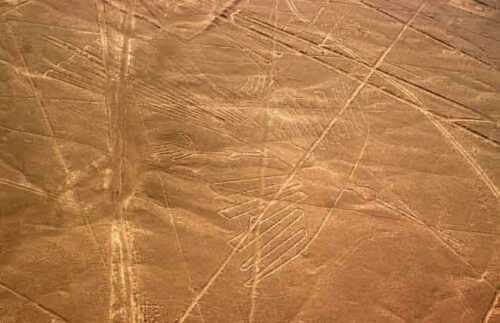
The spiders are considered a sign of rain, hummingbirds are linked with fertility, and monkeys are located in the Amazon, a place filled with water.
According to Reinhard– no assessment proves a theory about the Nazca lines. However, the amalgamation of ethnohistory, archaeology, and anthropology creates a solid foundation.
If new tech research is introduced, then it is for sure that the world’s comprehension of the Nazca lines would persist in developing.
A Japanese team in 2011 unearthed a new geoglyph that seems to embody a view of amputation, which, at around 4.2 m long and 3.1 m wide, is way smaller than other Nazca designs and cannot be seen easily from aerial inquiries.
The people of Nazca were acknowledged to accumulate ‘trophy heads,’ and the 2009 research disclosed that the maximum trophy heads are of the same populace as the people they were buried with.
The same team discovered another geoglyph in 2016. This time they found a figure that was a 30m long mythical creature with several legs and dotted markings with his tongue sticking out.
Last year, Peruvian archaeologists proclaimed they found more than 50 geoglyphs that were newly formed in the spot with the help of drone technology.
The Authenticity of Nazca lines Peru
The legitimacy of Nazca’s lines and geoglyphs and Pampas de Jumana is inevitable.
The process of their creation, by eradicating the eroded gravels that were placed on top to expose the lighter rock layer, is to the extent that their legitimacy is certain.
The development, design, size, morphology, and variability of the geoglyphs and lines match the initial designs established in the historical development of the area and have remained intact.
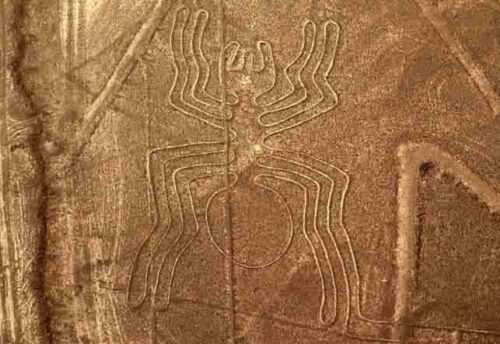
The allegory and sacred and sacramental character, and ideology of the geoglyphs and the view are visibly depicted, and their significance relics unscathed to date.
The lines had to undergo some effects triggered by human and natural aspects. However, they were minimal, and the geoglyphs keep their truthfulness and convey their high emblematic and significant value to date.
The lines are still unharmed because the region isn’t affected by rain, and the wind is almost next to inexistent.
The lady of the Pampa
Maria Reiche, the a.k.a lady of lines, was a scientist from North America, assistant of Paul Kosok, devoted her whole life studying and maintaining the Nazca Lines.
She encouraged to examine the Nazca lines in 1946 further until she passed away in 1998.
She concluded the lines were an agricultural calendar, and the Nazca natives used these drawings, directed by the movement of the stars, to find out what would be the perfect timing to harvest and when it’d rain.
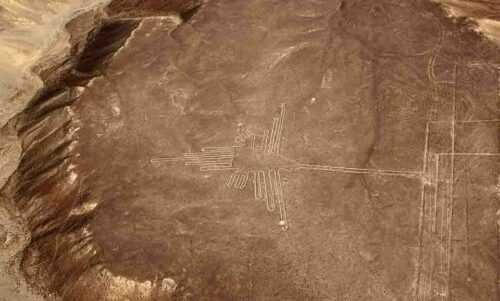
Her book The Mystery of the Pampas came out in 1949, stated the theory about the huge monkey geoglyph was the Nazca elucidation as the great bear constellation.
His movement over the night sky was used to point time and calculate the beginning of the rainy season.
Her work exposed Erich von Daniken’s myth, a Swiss conspiracy theorist, asserted that the lines are the outcome of extra-terrestrials.
She was so dedicated to protecting the lines that she fought the government too when they wanted to excavate canals over them.
She said that locals started believing her to be a spy or some crazy woman, as she used to live on a flat roof or sleep in a tent in the desert.
A drunkard once threatened her with a stone, so she took out her sextant and pointed towards him.
He ran away shrieking, and the local papers jot down a story of crazy and armed German spy.
Even though her theories are debatable, she was an essential supporter of their consistent conservation.
Her ’98 memorial in The Independent article was presented with a special silver medal by UNESCO previously the same year.
Read Also:
What to take on a hike in the mountains

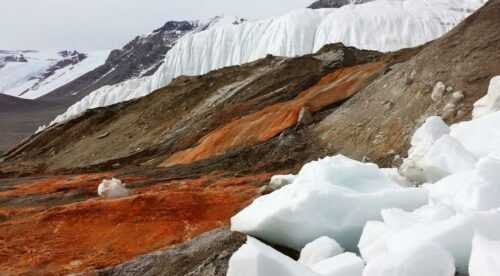
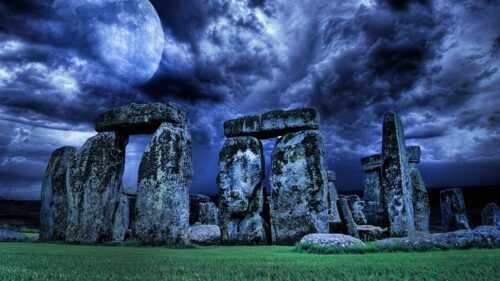


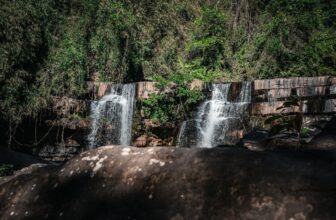

Awesome website man, I wish I can make something similar with some content like this lmao.
Please tell me that youre going to keep this up! Its so very good and so important. I cant wait to read more from you. I just feel like you know so much and know how to make people listen to what youve to say. This weblog is just as well cool to be missed. Terrific things, seriously. Please, PLEASE keep it up!
Thanks for the new blog sharing. Its certainly a time made version. I love the content shared.
There is apparently a lot to realize about this. I suppose you made certain good points in features also.